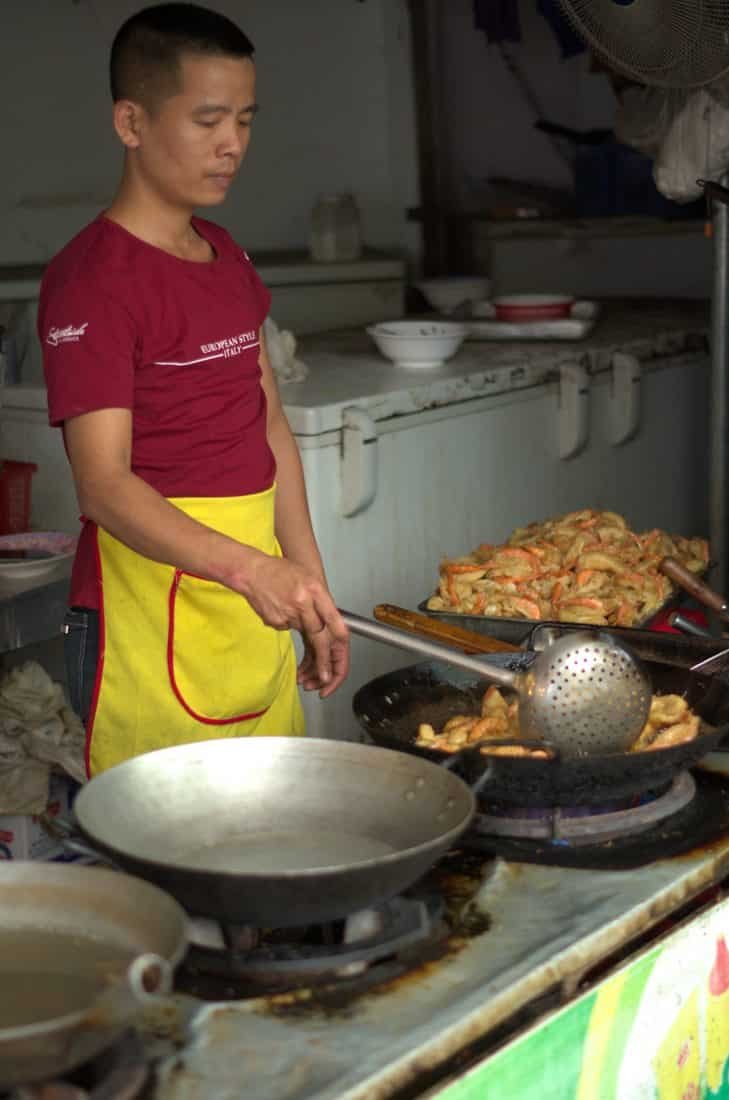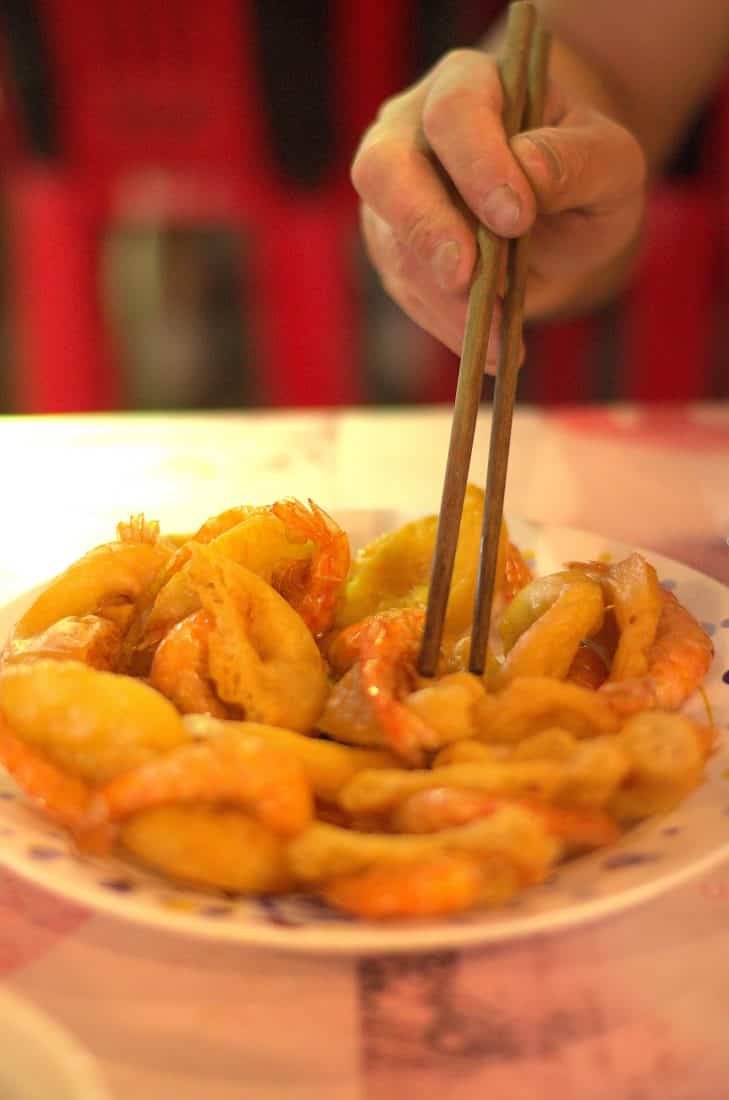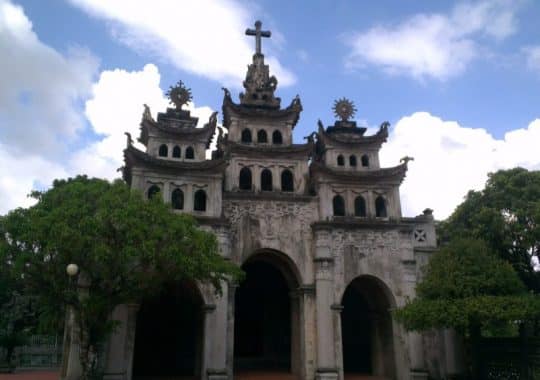Phủ Tây Hồ – West Lake Temple
Phủ Tây Hồ is, as its name suggests, situated on the waterside of Hanoi’s largest body of water— West Lake. It attracts swarms of locals on the 1st and 15th days of each lunar month, who visit it to pray for health, happiness, and fortune. They come to burn incense and offer food, flowers, and money, hoping to gain the favour of their Gods. On these busy days, fortune tellers are seated around the temple entrance ready to prophesize for those who care to listen.
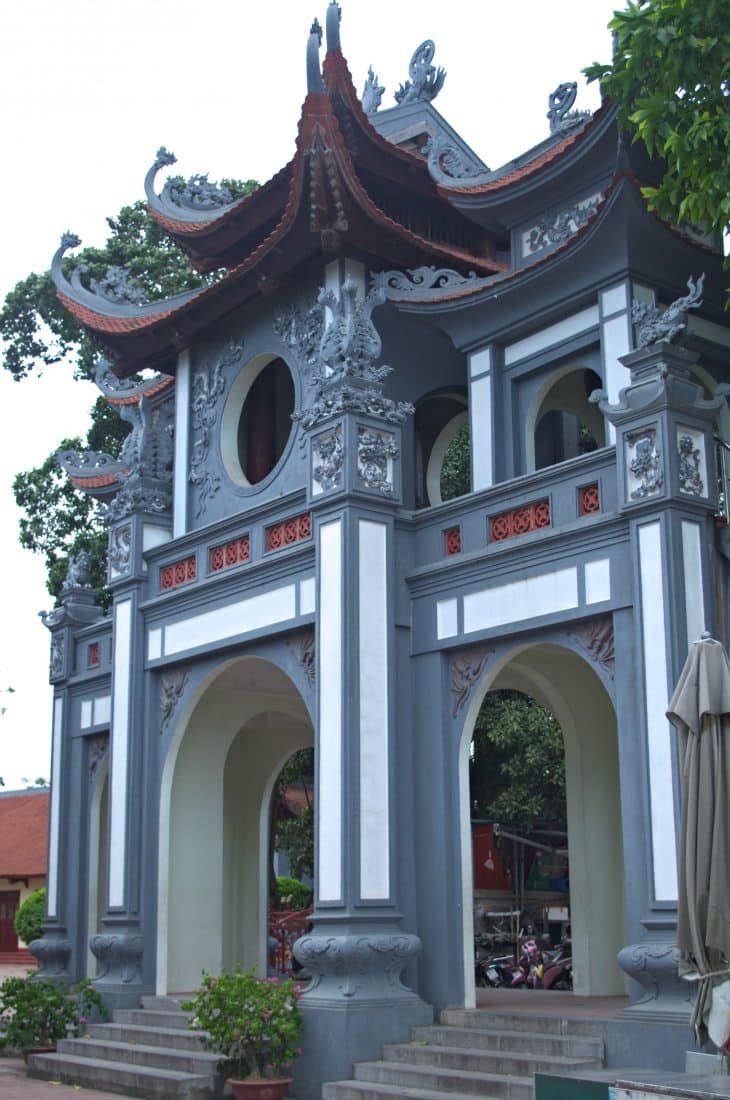
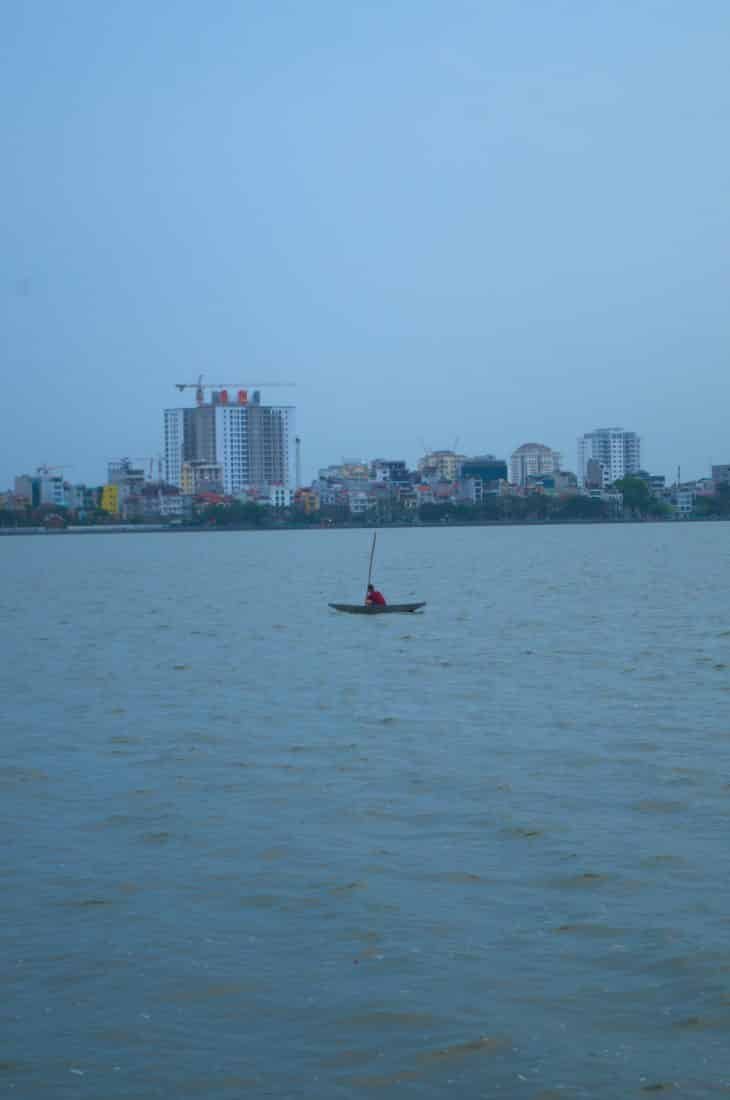
Who is worshipped
This sanctuary is not like other traditional temples or pagodas you see around Asia: it’s not a place of Buddhist, Taoist or Confucian learning or worship. This particular type of temple (phủ) exists for the veneration of the Mother Goddesses, in adherence to the ancient and unique tradition of the Vietnamese people known as Đạo Mẫu. (Adherents of these and all other philosophies and religions are, of course, also welcome.)
Mother Goddesses symbolize the earth, water, forests, mountains and the heavens. They appear on earth to bring about miracles and carry out acts of virtue. While it’s common for regular temples to have a small altar to them nearby say a larger Buddha, a phủ is dedicated primarily to them. Ancestor worship, particularly that of great historical figures also takes place at phủs like Phủ Tây Hồ. Different places favour different deities or rank them in different orders of importance. For example, the Jade Emperor is also worshipped at West Lake Temple but his spiritual standing there is lower than that of the Goddesses.
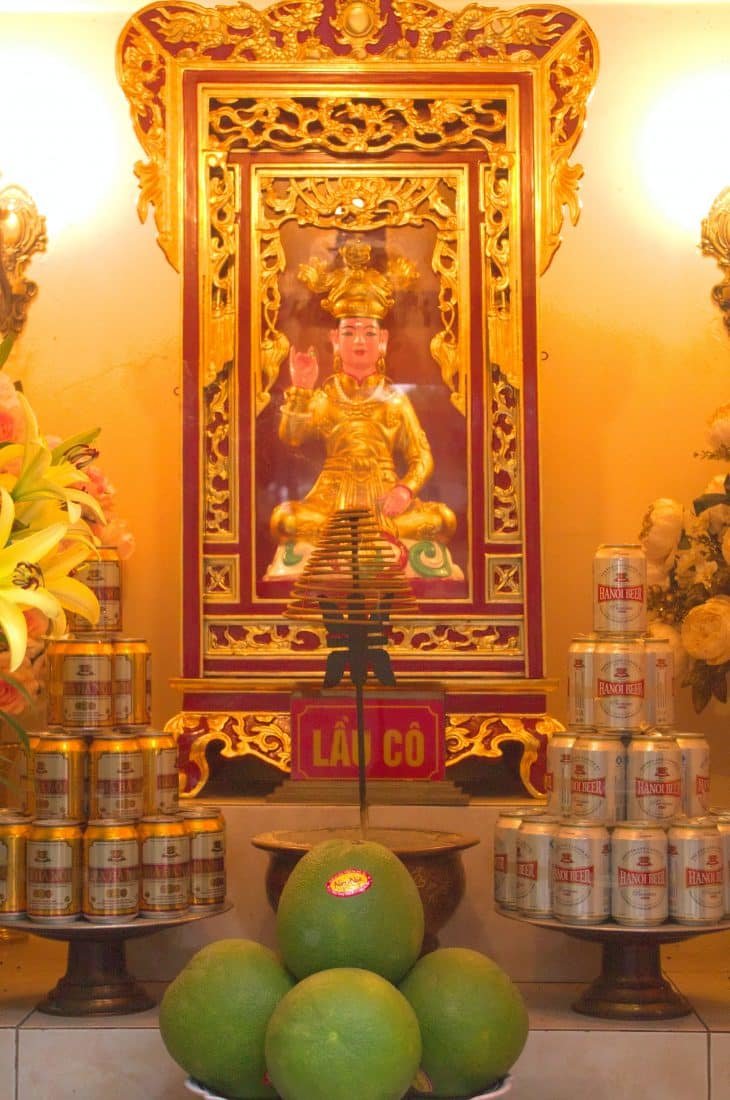
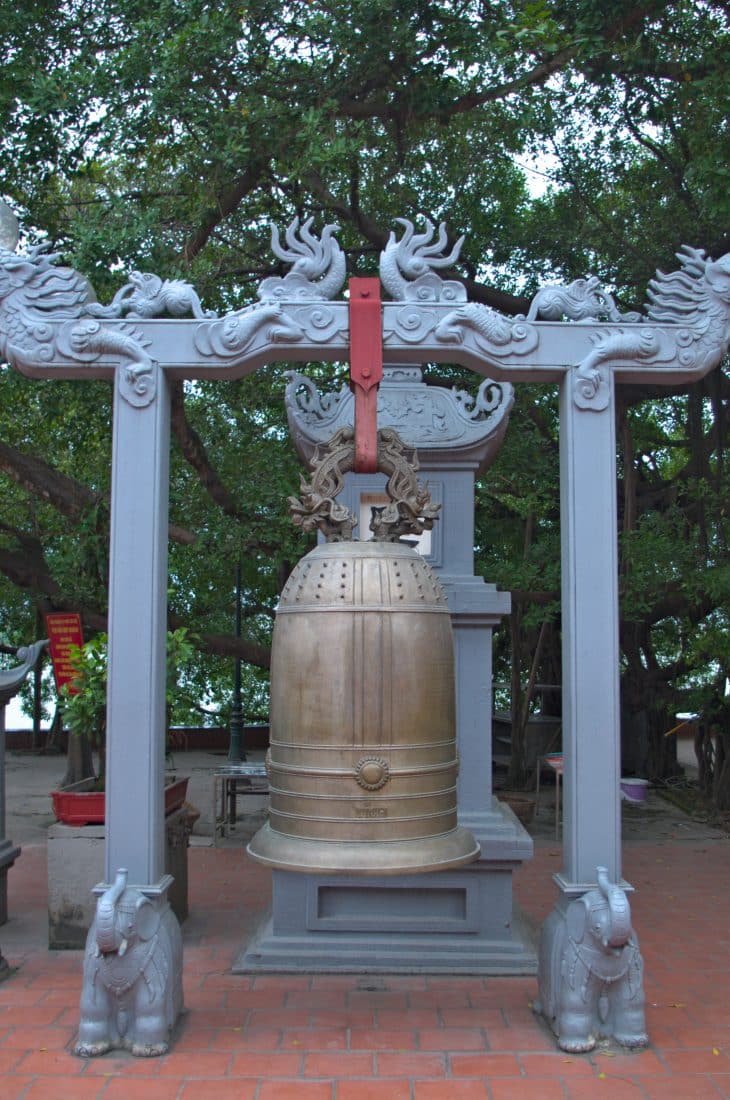
Hầu Đồng – Trance Ceremonies
A particularly intriguing practice is the use of trance ceremonies, or, hầu đồng. In these rituals a spiritual medium invites the Goddesses to possess his or her body and offer blessings to those in attendance. During the rite the channeler changes outfits that correspond to different Goddesses, performing complex dances accompanied by singing and music. Mediums are also asked by followers for advice on how best to fix their worldly problems. The whole observance is one of happiness, and not at all spooky like some people would regard a western séance.
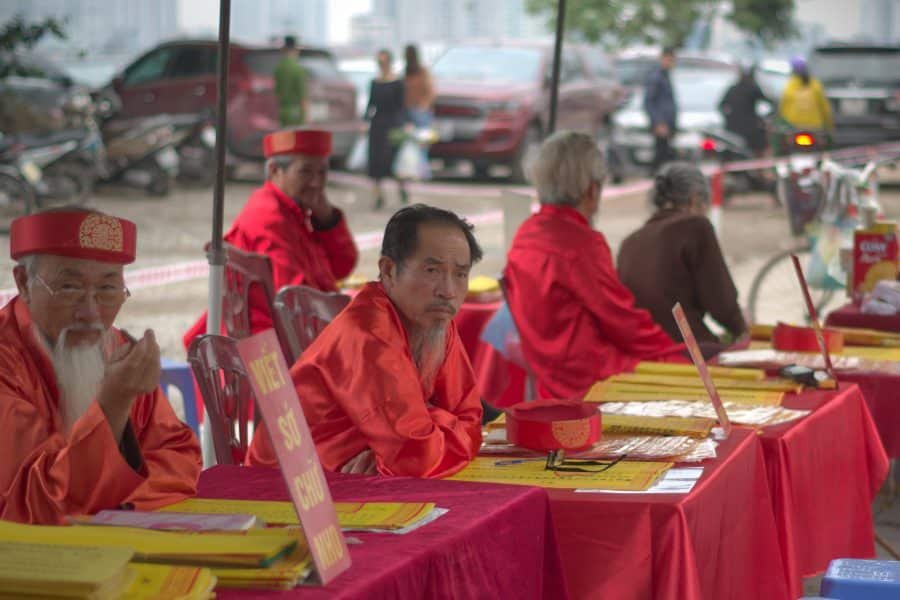
History and Legend of Phu Tay Ho
Phủ Tây Hồ is said to have been constructed in the 17th Century following the appearance of a Goddess to a fisherman at West Lake. She appeared incarnated as a beautiful maiden and read him poetry before vanishing without even giving her name. Afterwards, she was identified as the immortal Thánh Mẫu and Phủ Tây Hồ was built in her honour.
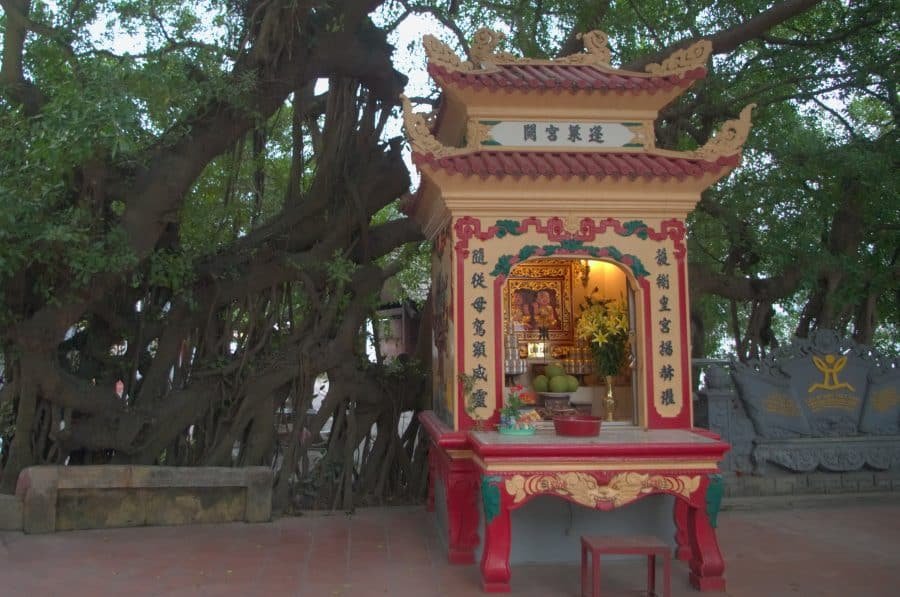
Eating Nearby Phu Tay Ho
This small, scenic spot is also just a stone’s throw away from Hanoi’s best vendors of bánh tôm. Firstly, shredded sweet potato is mixed with a batter to make a fritter. Next, a whole prawn is placed on top and the whole shebang is deep-fried – the prawn with its head and shell intact. It is served with fresh lettuce, herbs and a watery dipping sauce called nước mắm chấm.
